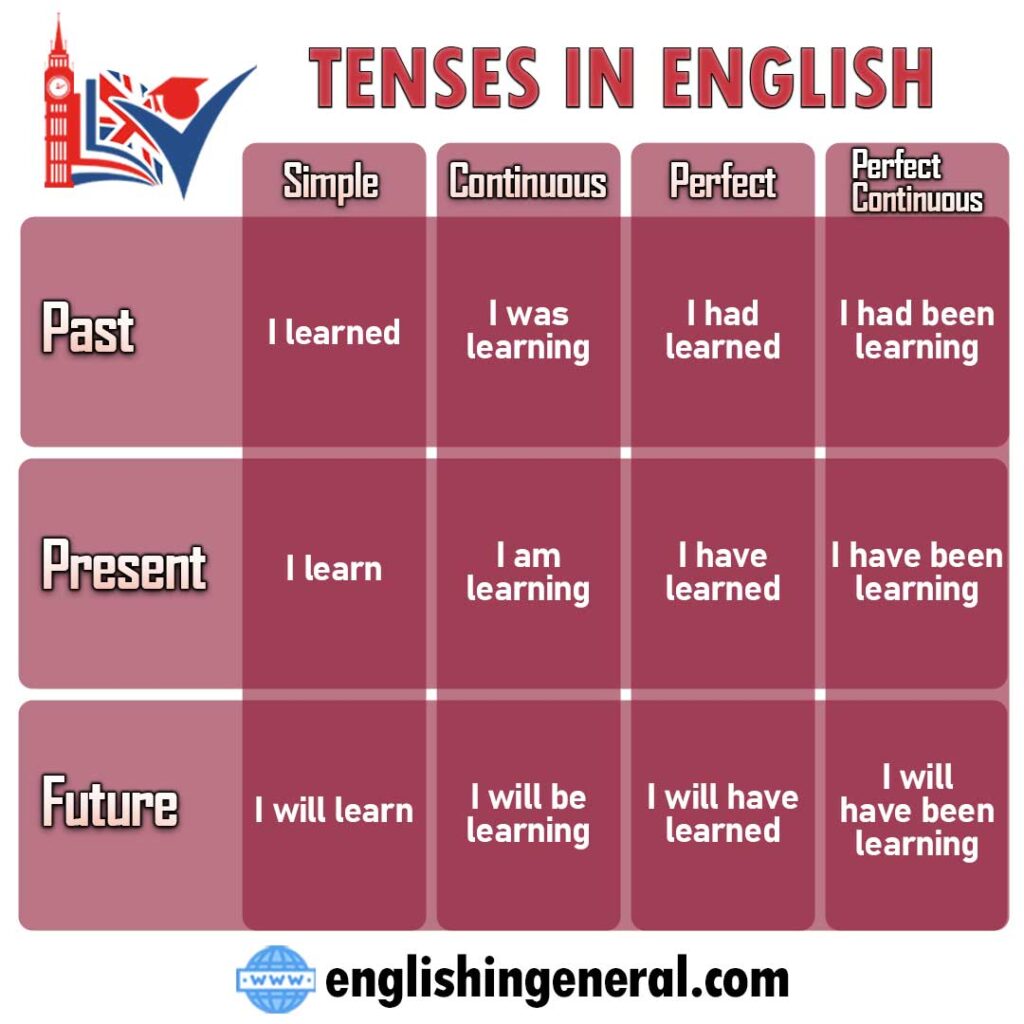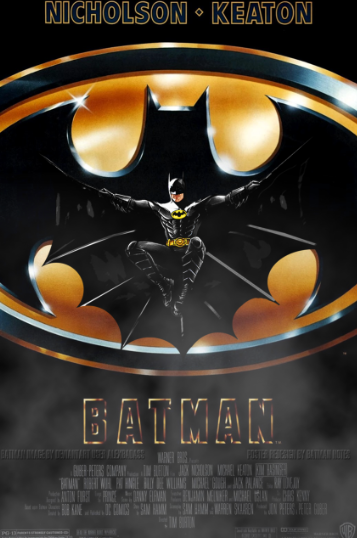Mastering Verb Teamwork
Batman, who first appeared as a comic book character in 1939, has been reimagined and enriched with more stories over the years, becoming more famous than any historical figure. However, even Batman is overshadowed by Superman, who debuted a year earlier in 1938.
Batman transitioned from a 1966 TV drama to the big screen as the lead in the 1989 film Batman. This was followed by sequels such as Batman Returns, Forever, and Robin, and Begins, culminating in a total of six Batman films by 2008 with The Dark Knight. These stories, driven by the conflict between good and evil, always feature a villain, typically The Joker.
In the 1989 Batman film, The Joker famously says before killing someone,
“Have you ever danced with the devil in the pale moonlight?”
This portrays him as a mad clown who, despite his madness, has a side that amuses people. Conversely, in The Dark Knight, The Joker, while committing murder, simply asks, “Why so serious?”, showing him as purely insane.
So far, we’ve come this far ignoring the changes in verbs. However, anyone who has learned English would remember that verbs change according to the number (singular, plural) and person (first person, second person, third person) of the subject, as well as the tense (past, present, future) of the action. If our goal is not to take a grammar test, let’s summarize the following principle:
The grand principle of verb conjugation: “I” is first person, “you” is second person, and everything else is third person. A verb only adds an “s” when the subject is third person singular and indicates a present action. The change in tense should apply to the verb suitable for the tense, regardless of the person or whether it is singular or plural.
Compared to Korean, English does not have many verb changes, but it is a language sensitive to time. In grammar, the concept of accurately defining time in expression is called tense. The basic tenses in English, like in Korean, are present, past, and future, which then become complex with the addition of simple, perfect, continuous, and perfect continuous forms, making up to 12 tenses in total. Although it may seem complicated, many of these tenses are not commonly used in modern times, and the rest can be chosen based on common sense. The challenging part for us is the perfect tense. Once this concept is understood, it shouldn’t be too difficult.

Past grammar books break down the use of the present tense into “current actions, states,” “habitual actions in the present,” or “immutable truths and facts.” However, the present tense isn’t as complicated as it seems, nor does it need to be memorized. Just understand it as common sense.
However, when expressing the current situation, if the subject is third person, not you or I, add an “s” to the original verb to differentiate. There are exceptions but think of these exceptions as made to avoid difficult pronunciation when simply adding “s”. For example, when the last sound of a verb ends in [s, z, ∫, t∫], add “<~es>” to solve the difficulty. To express past facts, use the past tense of the verb. The past tense is typically formed by adding ‘~ed’ to the verb. The expression “used to” is also used to indicate something done in the past.
LOU PASCAL: Yes, it used to be beautiful — what with the rackets, whoring, guns. <ATLANTIC CITY, 1980>
Thinking about the future tense doesn’t need to be complicated either. Use the future tense when mentioning or predicting a fact that will happen in the future. In the past, the simple future, volitional future, and the use of first, second, and third person were taught separately, but now the future tense is almost entirely expressed with the modal verb “will.” In fact, everyday English expressions are entirely possible with just these basic past, present, and future forms. However, if you want to vividly express an event over a period of time, not just at one point in the past, present, or future, the progressive form is needed. The progressive form is formed by adding ‘~ing’, corresponding to “is doing,” after the verb “be.”
BENJAMIN BRADDOCK: Mrs. Robinson, you’re trying to seduce me. Aren’t you? (THE GRADUATE: 1967)
For the near future, “be going to” is often used instead of “will” because it indicates an ongoing action that will end in the future.
MARGO CHANNING: Fasten your seatbelts. It’s going to be a bumpy night. (ALL ABOUT EVE 1950)
The following dialogue shows that “Will” and “be going to” are used with similar meanings.
ARTHUR BACH: I’m going to take a bath. HOBSON: I’ll alert the media. <ARTHUR, 1981>
Sometimes “be about to” is used to express an imminent future action, likely stemming from their conceptualization of the progressive form over a period. “About” indicates approximately that time, suggesting there’s a bit of leeway around that moment.
Zeus: Hey! I’m talking to you! Now you’ve got about ten seconds before those guys see you, and when they do they will kill you, you understand? You are about to have a very bad day.
John McClane: Tell me about it. <Die Hard: With a Vengeance (1995)>
On the other hand, the perfect tense can be thought of as a way to express events that have been completed but persisted. English grammar books state that the perfect tense is used to express “continuation, completion, experience, result” up to a point in time (present perfect up to the current moment, past perfect up to that past moment), meaning that the action continued up to that point and then was completed.
THE JOKER: Have you ever danced with the Devil in the pale moonlight? <BATMAN, 1989>
Just as the future tense requires the auxiliary verb “will,” the perfect tense needs the auxiliary verb “have.” The present perfect is expressed as “have + past participle,” the past perfect as “had + past participle,” and the future perfect as “will have + past participle.” Because verb changes occur according to tense, when encountering a verb, one should actually learn [base form – past form – past participle form – present participle form] together.
However, since most verbs change regularly from their base form, one only needs to remember the rule and note the exceptions. That’s why changed verbs are called participles. In essence, a participle when making past or present participles, is a derivative word created by attaching a tail to the original verb. The past and past participle forms are made by attaching <-ed> to the base form, and the present participle form is made by attaching <-ing>. Although there are irregular verb changes that make verb usage challenging, these irregular changes are not completely arbitrary. There are rules to them.


답글 남기기